I love a good cup of tea. In fact, I cannot actually function without one first thing in the morning. If you're like me, then this investigation is definitely needed in your house so that you can ensure your kids are equipped with the best tea-making skills and have the best scientific knowledge to back up what makes a good cup of tea! This investigation looks at diffusion through the partially permeable membrane of a tea bag.
So firstly, we want to know what type of teabag makes the best drink?
Is it a square, a pyramid or a circle bag?
The activity involves using hot water, so adult supervision is essential.
Teabag diffusion
You'll need
A stopwatch/timer
A piece of white paper
A pen
3 clear glass mugs (you are going to add hot water, so not thin ones that could crack)
Circle, triangle and pyramid tea bags
Thermometer or kettle
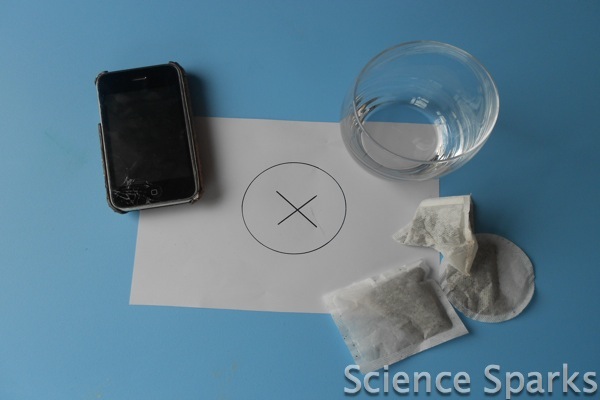
Method
1. On the piece of white paper, draw a cross with a marker pen
2. Place one mug over the cross
3. Add the circle teabag
4. Boil water from the kettle and measure out 150ml (if you have a thermometer, you can improve reliability by keeping the temperature constant)
5. Pour over the teabag and start the stopwatch
6. Time how long it takes for the cross to disappear
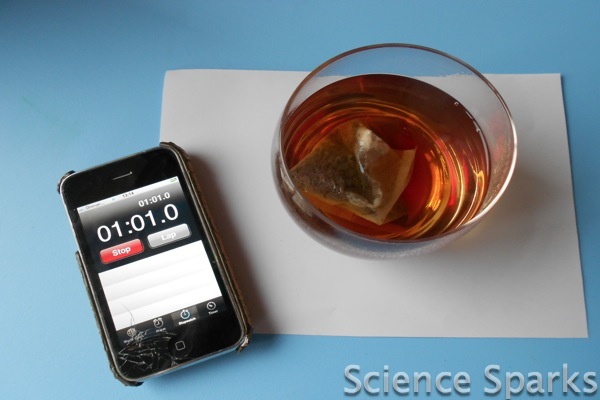
7. Repeat with the pyramid and square teabag.
8. To make the investigation results more accurate, repeat with each teabag three times.
Record your results in a table
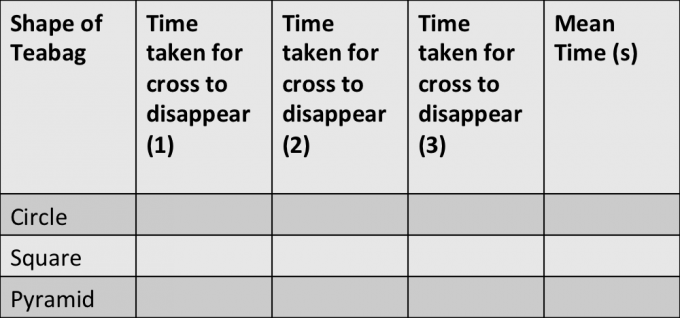
How does the tea diffuse into the water?
So which teabag was quicker?
You should find that the pyramid teabag was the quickest.
Why do you think this is?
As the water is added to the teabag, it causes the tea leaves to move and triggers diffusion of the leaves. Diffusion is defined as the movement of a substance from an area of higher concentration to an area of lower concentration. There are lots of tea molecules in the bag and none outside. The leaves themselves can't pass through the bag, but their smaller particles containing colour and flavour can (the teabag itself acts as the partially permeable membrane). The addition of heat (from the hot water) to the tea bag causes its molecules to move much faster than at room temperature. This energy is more readily released in a shorter period of time than a tea bag filled with room temperature or cold water. The teabag shape affects the surface area and the pyramid due to its 3D shape providing more surface area for diffusion to take place and more area in the middle for the tea molecules to move around in spreading the colour and flavour.
Ok, so now they know which is the best teabag to use and how to let it brew...so I suggest you ask for a nice cuppa now!
Last Updated on February 23, 2023 by Emma Vanstone

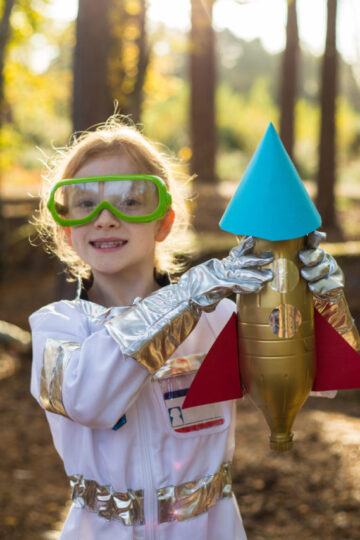

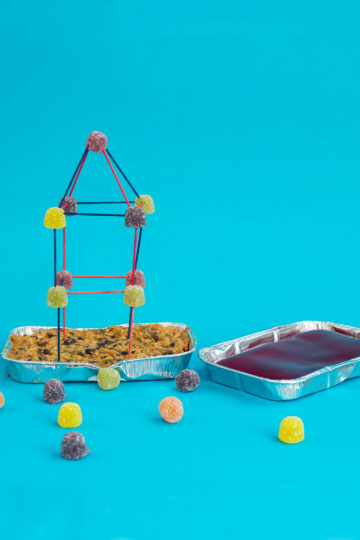
Brooke @let kids create says
What a fun experiment. You always find ways to make the most ordinary things interesting. Thanks for sharing on Monday Madness.
ScienceSparks says
Thanks. x
Art For Little Hands (@art4littlehands) says
Interesting especially since all my tea bags are rectangular. I don't drink it a lot, but and getting to like it more and more. I haven't tried many brands yet so I will have to start exploring it more. Fun exploration with the kids and I think they probably learned a lot about figuring things out on their own from it.
maddy says
awesome job
Shudu says
Jah hey thnx.i have learned smthng http://
Jane says
Where did the square teabags come from? I have enjoyed tea in that shape but can't recall what brand. Thanks!
Ailbhe and Danielle says
thanks! thats really helpful we're doing a science project on how the shape of the tea bag affects the taste so that was really helpful!!
Tazzy says
Interesting and helpful. Thanks a lot. Although the cross takes a long time to remove for some reason. Wasnt sure in what marker to use though.
dixie wrecked says
WOW i love talking about tea irs so fun wowowowow i learnt science from tea omg wowowowowow omg tea is so interesting